Unlocking Smart Home Technology: A Comprehensive Guide for Homeowners
04/01/24
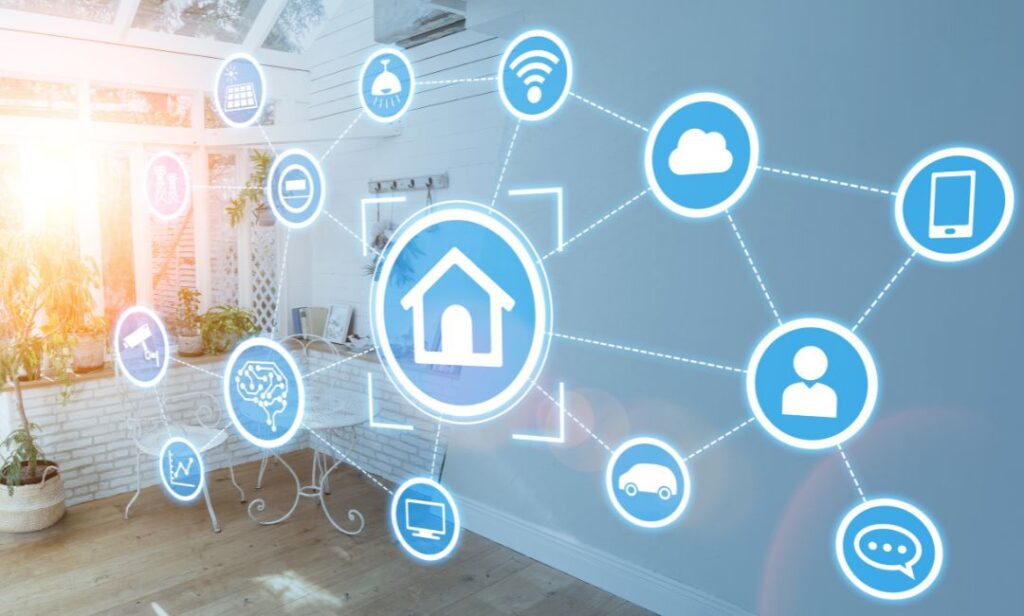
Welcome to your Smart Home technology guide. In this article, we’ll explore the next level of homeownership by unlocking the power of smart technology for your home. Whether you’re a tech enthusiast or just looking to make your everyday life more convenient, this guide is for you.
Imagine walking into a home that knows exactly what you need and adjusts accordingly. From automated lighting and security systems to voice-controlled appliances and energy-saving gadgets, smart home technology can revolutionize the way you live. It’s no longer a thing of the future – it’s here, and it’s accessible to everyone.
But with so many options available, it can be overwhelming to know where to start. That’s why we’ve done the research for you. In this guide, we’ll break down the different types of smart home devices, explain how they work, and provide recommendations based on your needs and budget.
Prepare to upgrade your home into a forward-thinking haven that anticipates and meets your every need. Join us as we delve into the dynamic world of smart home technology and unlock a realm of possibilities.
Benefits of smart home technology
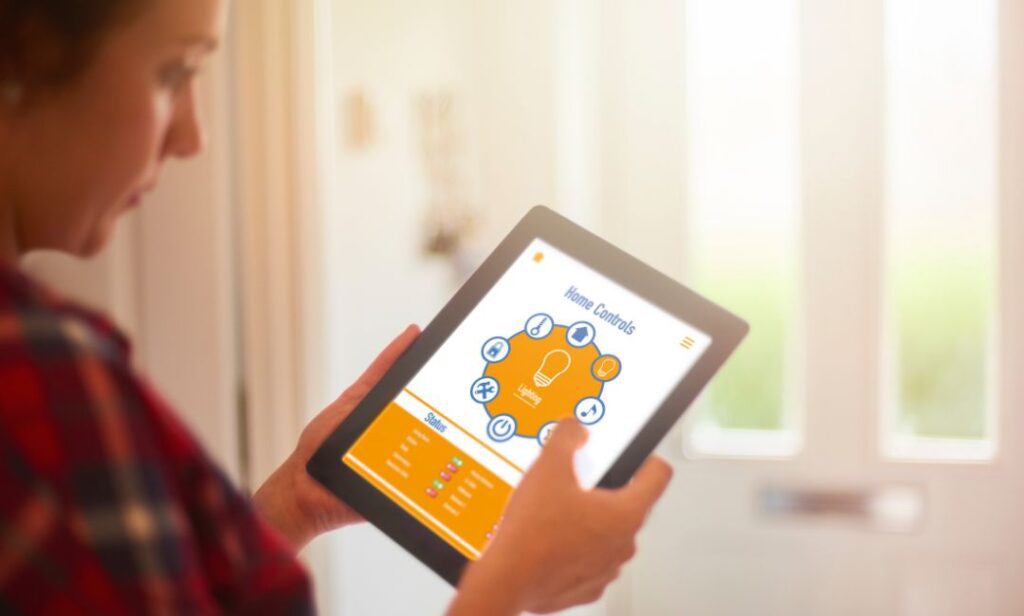
Smart home technology offers a multitude of benefits that can enhance your everyday life. One of the biggest advantages is convenience. Imagine being able to control your lights, thermostat, and appliances with a simple voice command or a tap on your smartphone. No more getting up to adjust the temperature or turning off lights when you leave the house – smart home devices can do it all for you.
Another major benefit is increased security and safety. Smart home security systems allow you to monitor your home from anywhere, receive alerts in case of suspicious activity, and even remotely lock or unlock doors. With video doorbells, you can see who’s at your door even when you’re not home. These features provide peace of mind and can help deter potential burglaries.
Energy efficiency is another advantage of smart home technology. By integrating smart thermostats, lighting systems, and energy monitoring devices, you can optimize your energy usage and reduce your utility bills. Smart thermostats learn your habits and automatically adjust the temperature to save energy when you’re away. Smart lighting systems can dim or turn off lights when no one is in the room. With these energy-saving solutions, you can reduce your carbon footprint and contribute to a greener future.
Voice assistants and their role in smart homes
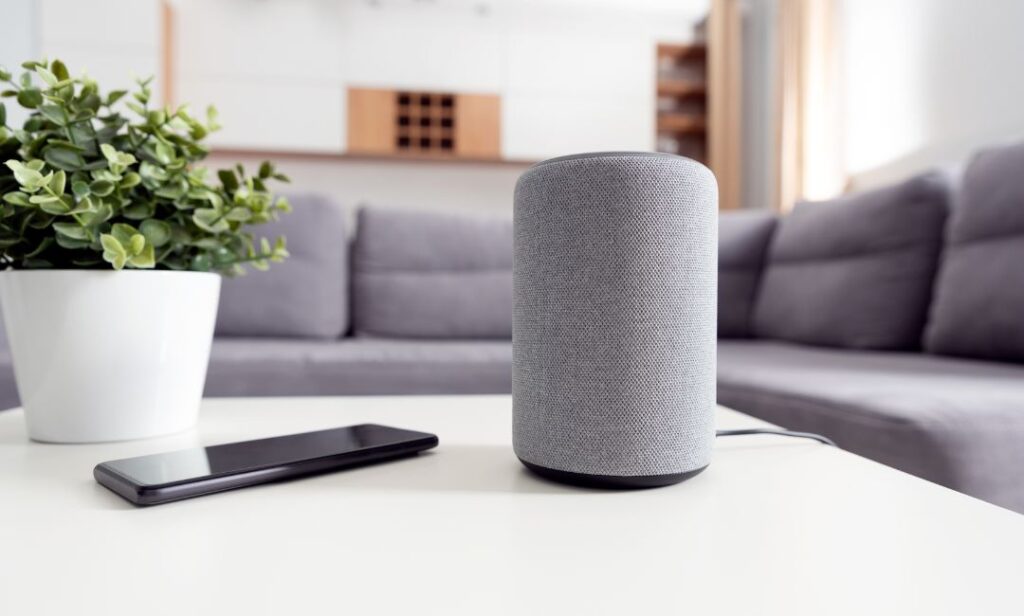
Voice assistants have become an integral part of smart homes, revolutionizing the way we interact with our devices. These virtual assistants, such as Amazon Alexa, Google Assistant, and Apple Siri, are designed to respond to voice commands and perform various tasks. They serve as the central hub for controlling all the smart devices in your home.
One of the key benefits of voice assistants is their ability to streamline daily tasks. With a simple voice command, you can control your lights, adjust the thermostat, play music, set reminders, and even order groceries. The convenience and hands-free operation make voice assistants a must-have in any smart home setup.
To set up a voice assistant, you’ll need a compatible smart speaker or display. These devices come equipped with built-in microphones and speakers to listen and respond to your commands. They connect to your home Wi-Fi network and sync with your other smart devices, allowing you to control everything with your voice.
When choosing a voice assistant, consider the ecosystem you’re already invested in. If you’re an iPhone user, Siri would seamlessly integrate with your existing Apple devices. On the other hand, Amazon Alexa and Google Assistant offer compatibility with a wide range of smart home devices, giving you more flexibility in your choices.
Setting up your voice assistant is a straightforward process. Simply download the corresponding app on your smartphone, follow the on-screen instructions, and connect your smart devices. Once everything is set up, you can start enjoying the convenience of controlling your home with just your voice.
Types of smart home devices
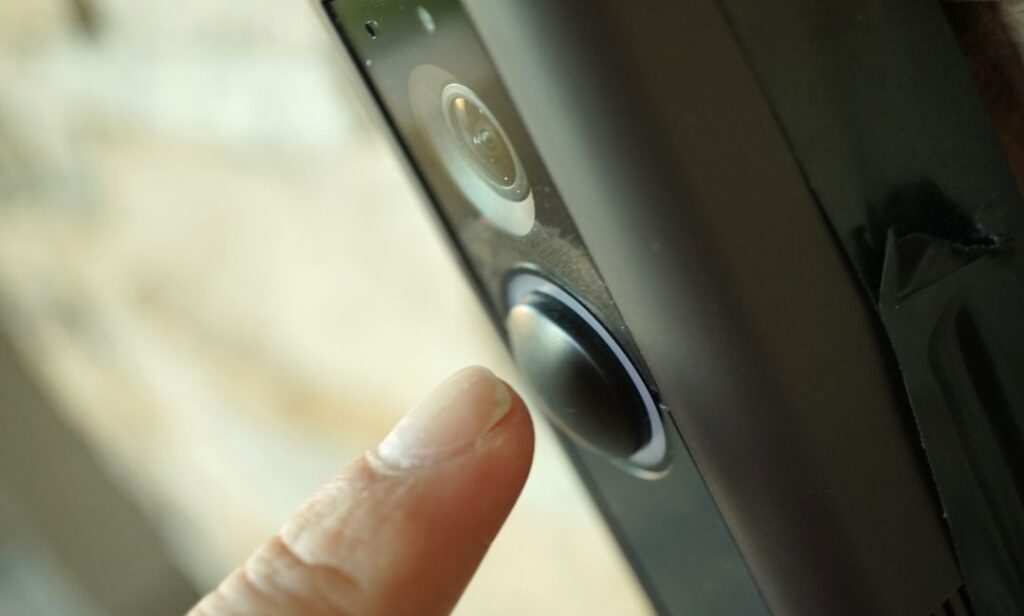
Smart home technology encompasses a wide range of devices that can be interconnected to create a seamless and intelligent living space. Let’s explore some of the most popular types of smart home devices available today.
Smart Speakers: A smart speaker is a voice-activated device equipped with virtual assistants, allowing users to control other smart devices, play music, set reminders, and access information through voice commands.
Smart Thermostats: Smart thermostats enable users to remotely control and program their home heating and cooling systems. They often feature learning capabilities to optimize temperature control settings based on usage patterns.
Smart Lights: These systems consist of smart bulbs, switches, or fixtures that can be controlled remotely. Users can adjust brightness, colour, and scheduling through a mobile app or voice commands.
Smart Security Cameras: Smart security cameras provide real-time video monitoring of homes. They often feature motion sensors, night vision, and the ability to store footage in the cloud, enhancing home security.
Smart Door Locks: Smart locks offer keyless entry and can be controlled via a mobile app. Some models integrate with other smart home devices, allowing homeowners to use their mobile devices to monitor and grant access control remotely.
Smart Doorbells: Combining a doorbell with cameras and an intercom system, smart doorbells enable users to see and communicate with visitors remotely via a mobile app, enhancing home security.
Smart Plugs: Smart plugs convert traditional appliances into smart devices by allowing users to remotely control their power supply. They are useful for scheduling, energy monitoring, and turning devices on/off.
Smart Thermostatic Radiator Valves: These devices replace traditional radiator valves, enabling individual control and scheduling of heating in different rooms. They contribute to energy efficiency by optimizing heating based on occupancy.
Smart Window Blinds: Smart blinds can be remotely controlled to adjust the amount of light entering a room. Some models can operate based on schedules, sensors, or voice commands.
Smart Smoke Detectors: Smart smoke detectors offer advanced features such as remote monitoring, smartphone alerts, and integration with other smart home devices. They enhance traditional smoke detection with modern connectivity.
Smart Home Hubs: Smart home hubs act as central control systems, allowing users to manage and automate various smart devices from different manufacturers through a single platform.
Smart Appliances: Appliances such as refrigerators, ovens, and washing machines equipped with smart technology can be controlled and monitored remotely. They often include features like energy optimization and notifications.
Smart Garage Door Openers: These devices enable remote monitoring and control of garage doors via a mobile app. Users can check the status of the door and open or close it from a distance.
Smart Water Leak Detectors: Smart water leak detectors use sensors to identify water leaks and send alerts to homeowners, helping prevent water damage by allowing for prompt intervention.
Smart Vacuum Cleaners: Robotic vacuum cleaners equipped with smart technology can be programmed, controlled, and monitored through a mobile app. They navigate spaces autonomously, providing automated cleaning solutions.
Getting Started with Smart Home Automation Systems
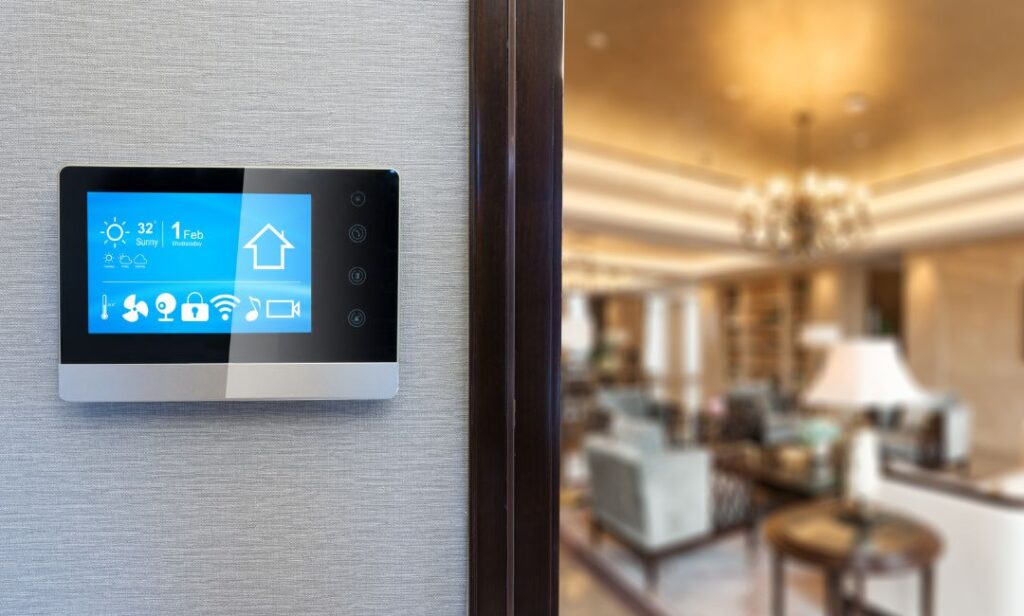
Smart home automation systems act as the brain of your smart home, connecting and coordinating all your devices. These systems allow you to create routines, set schedules, and automate actions based on triggers or conditions. Let’s explore some popular smart home automation systems and their features
Amazon’s Smart Home Devices: Dive into convenience with Echo devices powered by Alexa, secure your home with Ring doorbells and cameras, and monitor effectively with Blink security cameras. Enjoy seamless smart home integration through Alexa for a connected living experience.
Google’s Connected Solutions: Google Home brings voice-controlled convenience, Nest offers smart thermostats, cameras, and doorbells for your comfort and security, and Google Assistant enhances your ability to control your home smartly and efficiently.
Apple’s Innovative Home Products: Experience the luxury of Apple with the HomePod, control your smart home devices effortlessly through the HomeKit platform, and interact using Siri for a smooth and integrated smart home ecosystem.
Samsung’s Advanced Technology: Manage your home with Samsung SmartThings, a comprehensive smart home hub that connects with compatible devices, Smart TVs, and connected home appliances for a fully integrated home experience.
Philips’ Lighting Solutions: Illuminate your home with Philips Hue, a smart lighting system that offers convenience, energy efficiency, and customization to enhance the ambiance of any space.
Ecobee’s Smart Thermostats: Upgrade your home’s climate control with Ecobee smart thermostats, featuring room sensors and voice control compatibility for improved energy efficiency and comfort.
August Home’s Security Products: Secure your entrance with August Smart Locks and Doorbell Cams, providing innovative solutions for safe and convenient access to your home.
Ring’s Surveillance Systems: Keep an eye on your home with Ring Video Doorbells and Security Cameras, offering real-time surveillance and communication for peace of mind.
Logitech’s Home Control Accessories: Simplify your home management with Logitech Harmony smart home remote controls and keep your home safe with Circle security cameras, blending convenience with security.
Wyze’s Budget-friendly Smart Devices: Enhance your home automation without breaking the bank with Wyze’s affordable smart home devices, including cameras, bulbs, and sensors, offering quality and innovation at a great value
Smart home security and safety features
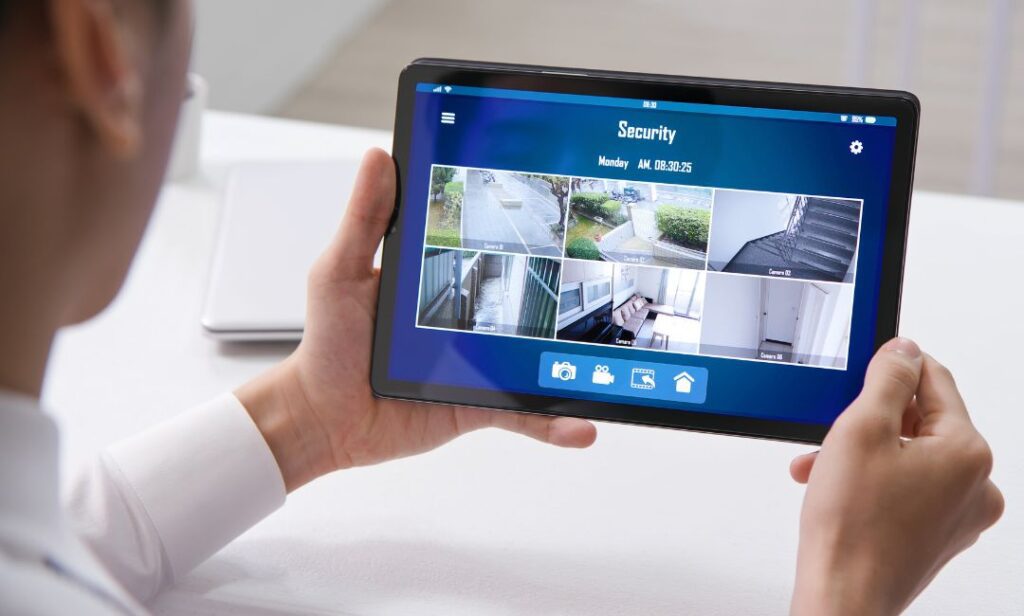
When it comes to the safety and security of your home, smart technology can offer advanced features and peace of mind. Let’s explore some of the smart home security and safety devices that can protect your home and loved ones.
Smart Locks: Smart locks allow you to lock and unlock your doors remotely, provide temporary access codes for guests, and even receive notifications when someone enters or leaves your home. Some models also offer keyless entry options, eliminating the need for physical keys.
Video Doorbells: Video doorbells provide a live video feed of your front door, allowing you to see and communicate with visitors from anywhere. You can receive motion alerts, record video clips, and even deter potential intruders with built-in sirens.
Security Cameras: Smart security cameras offer high-definition video monitoring and recording capabilities. You can access live feeds, receive motion alerts, and even store recordings in the cloud. Some cameras also feature two-way audio, allowing you to communicate with people on the other end.
Smart Smoke and Carbon Monoxide Detectors: These devices can detect smoke, fire, and dangerous levels of carbon monoxide in your home. They can send alerts to your smartphone, trigger alarms, and even contact emergency services if necessary.
Water Leak Detectors: Water leak detectors can help prevent costly water damage by alerting you to leaks or floods in your home. You can place them near appliances, pipes, or other potential water sources to catch leaks early and take action.
Considerations for setting up a smart home
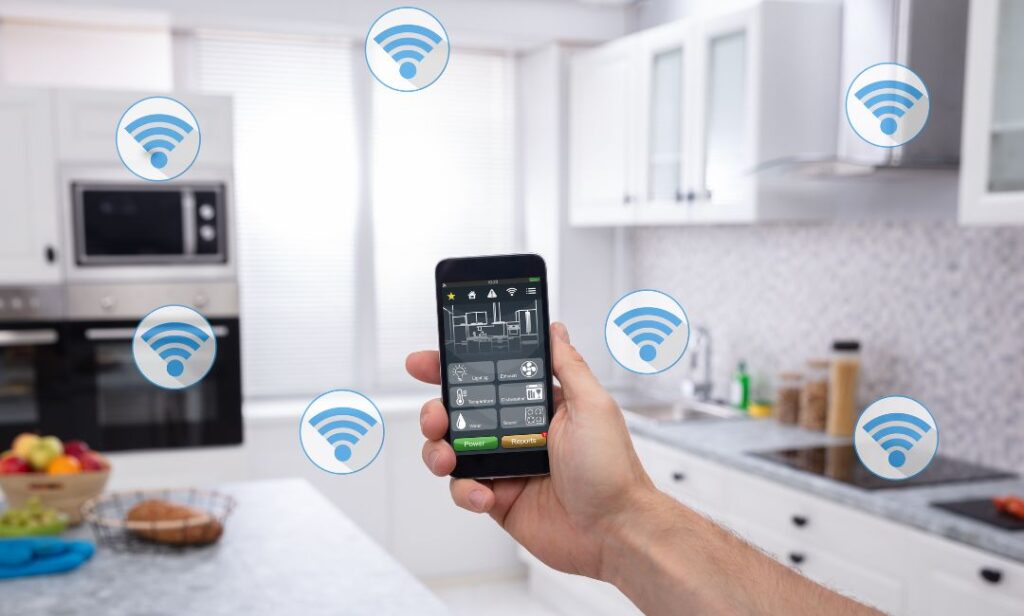
Before diving into the world of smart home technology, there are a few considerations to keep in mind. These factors will help you make informed decisions and ensure a seamless integration of smart devices into your home.
Compatibility: Not all smart devices work together seamlessly. Before purchasing any smart device, make sure it is compatible with your existing smart home ecosystem. Check for compatibility with your voice assistant, as well as other devices you already own.
Budget: Smart home technology comes in a wide range of prices. Set a budget and prioritize the devices that are most important to you. Consider starting with essential devices such as smart lighting and security systems, and gradually expand your setup as your budget allows.
Security: With the increasing connectivity of devices, security becomes a crucial aspect to consider. Ensure that the smart devices you choose have robust security features, such as encrypted data transmission and regular software updates. It’s also important to change default passwords and enable two-factor authentication for added protection.
Scalability: Think about your future needs and how your smart home setup can grow with you. Consider devices that offer expandability, allowing you to add more devices and functionalities in the future. Additionally, look for devices that are compatible with popular smart home platforms, ensuring that you have access to a wide range of options as your needs evolve.
User-friendly interface: While smart devices are designed to simplify our lives, some can be complicated to set up and use. Look for devices with intuitive interfaces and user-friendly apps that make it easy to control and customize settings. Reading user reviews and researching the user interface of a device can give you valuable insights into its usability.
By following this ultimate smart home technology guide, you can transform your house into a future-proof home that caters to your every need. From voice assistants to considerations for setting up a smart home, you now have the knowledge to make informed decisions and create a seamless smart home experience. Embrace the power of technology and unlock the endless possibilities it offers for your home. Welcome to the future of homeownership!
Frequently Asked Questions
What is smart home technology, and how does it benefit homeowners?
Smart home technology includes devices and systems that automate and remotely control home functions such as lighting, temperature, security, and entertainment. Benefits include increased convenience, security, energy efficiency, and cost savings on utilities.
How do voice assistants integrate with smart home devices?
Voice assistants like Amazon Alexa, Google Assistant, and Apple Siri serve as hubs for controlling smart home devices. They enable voice command control of devices, routine setting, and access to information, enhancing smart home management convenience.
What are some of the most popular types of smart home devices available?
Popular devices include smart speakers, thermostats, lights, cameras, locks, doorbells, plugs, blinds, smoke detectors, home hubs, appliances, and vacuum cleaners, offering functionalities like security enhancement and energy efficiency improvement.
Can smart home technology save money on utility bills?
Yes, by optimizing energy usage through smart thermostats, lighting, and appliances, smart home technology can reduce energy consumption and lower utility bills. Energy monitoring devices also provide insights for further savings.
What should I consider when setting up a smart home?
Consider device compatibility, budget, security features, scalability for future needs, and user-friendly interfaces. These factors ensure smooth device integration and a positive smart home experience.
Are smart home devices secure?
Smart devices have built-in security features, but additional measures like encrypted data transmission, software updates, password changes, and two-factor authentication are recommended to enhance protection.
How do I get started with automating my home with smart technology?
Begin by identifying your needs, choosing a compatible voice assistant or smart hub, and starting with a few key devices. Expand your setup gradually to enhance your understanding and maximize the benefits of smart home technology.
Interested in more ways to enhance and upgrade your home?
Sign-up for our newsletter for more great advice about buying, selling and living in Toronto's West End!



